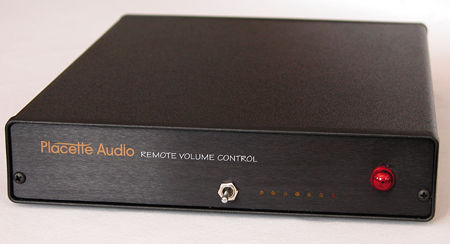MRC01
Major Contributor
I too noticed an improvement in sound clarity when I replaced an active preamp with a passive attenuator. I wouldn't call it an abyss, but the difference was definitely audible if subtle. I don't think it was just channel balance. Not all attenuators are made the same way. I built mine so that each volume setting was a different pair of resistors, one in series, one in parallel. It did not combine resistors like some other attenuators do. Metal film resistors are among the cleanest, where their total noise is close to the theoretical minimum Nyquist/Johnson noise. Other types of resistors, including those in potentiometers, have additional noise.... a friend of mine passed me a series type 20k log mechanical attenuator built using Holco resistors
I put it in a box with RCA ins and outs like a passive preamp and connected it in front of an old Bryston 0.4B preamp that I had around and ... my goodness.
By setting the preamp volume to maximum and controlling the level with the attenuator the sound became much clearer and more detailed
The difference between a knife that doesn't cut well and a scalpel
Question... is it autosuggestion or is there an abyss between attenuators and common potentiometers?
The only limitation of a passive preamp is that you want to maintain 10:1 impedance ratios. Its input impedance should be at least 10x higher than the output impedance of the upstream source, and its output impedance should be at least 10x lower than the input impedance of the downstream amp. Most solid state sources have output impedances under 200 ohms, most solid state amps have input impedances > 20 kOhm, so it works out fine. Ladder attenuators present the same input impedance at every volume setting, but have an output impedance that varies. It's highest at -6 dB where both resistors are equal, so the output impedance is 1/4 of the input impedance. That is, a 5 kOhm attenuator has a highest (worst-case) output impedance of 1,250 ohms at -6 dB.


